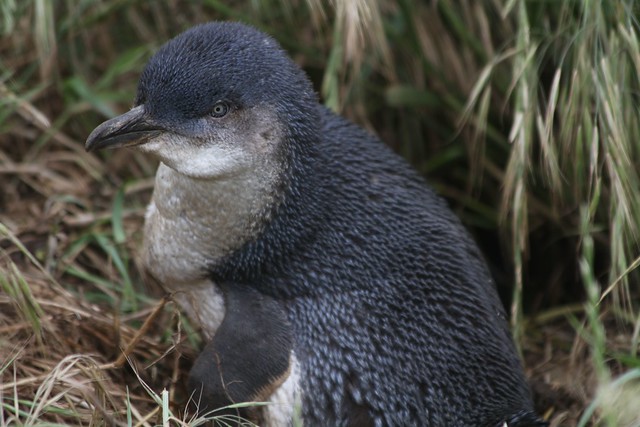02 Jan, 2012
It boasts NSW's largest fairy penguin colony and large populations of Australian and New Zealand fur seals, and locals claim the surrounding waters are the best for whale watching in the state.
Large numbers of seabirds nest, hunt or breed on the island, including crested terns, three species of shearwaters, eagles, peregrine falcons, kestrels and kites.
But the abundant wildlife on the island suffered dramatically in the 1800s, after humans arrived to build and staff a lighthouse, which was completed in 1881 and still stands.
These men brought South African Kikuyu grass to feed their livestock, and shipped mice, rabbits and goats to the island. The thick Kikuyu grass trapped the fairy penguins as they searched for their nests, and their populations declined over the next century.
Now the National Parks and Wildlife Service, with the help of conservation volunteers, is revegetating the island and removing the foreign grass.
About 75 per cent of the Kikuyu grass has been removed, and the fairy penguins have returned, with about 8000 breeding pairs.
Rabbits and mice were eradicated from the island in 2007, while goats were removed in the 1980s.
The island is maintained by a group of four field officers, including Steve Hutcheson and Francois van Zyl, who have helped maintain the lighthouse station and monitor the progress of the restoration program.
''The goats, the rabbits, the mice were introduced and we've been able to get rid of those, but the damage caused by the Kikuyu grass was just unbelievable,'' Mr Hutcheson said.
''It's one of those things, every now and then the environmental warriors actually have a bit of a win, and actually do something good, and we seem to be doing that with the seabird habitat restoration program,'' he said.
View the gallery: Montague Island Nature Reserve
source



















No comments:
Post a Comment